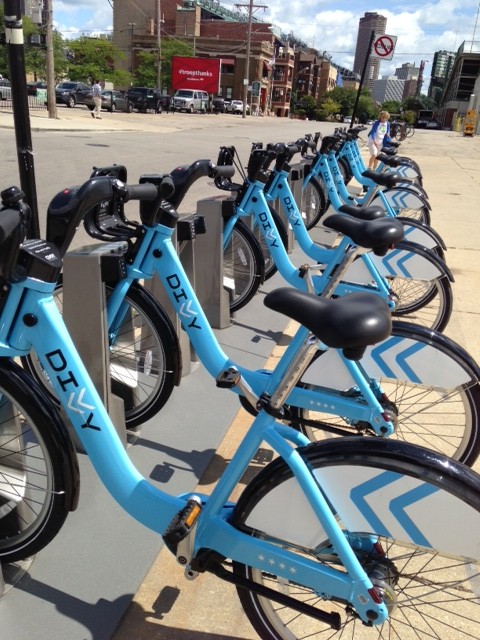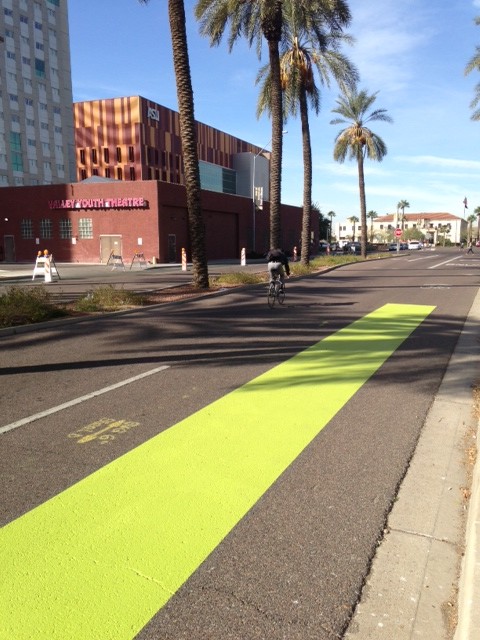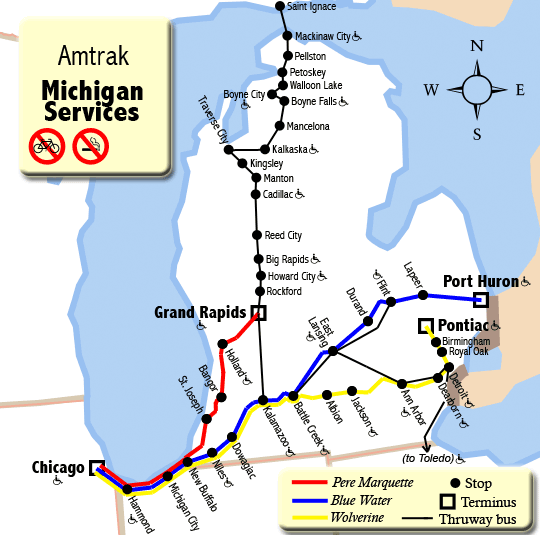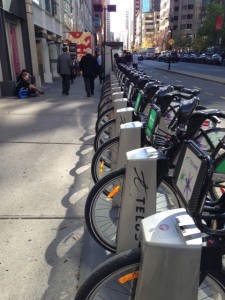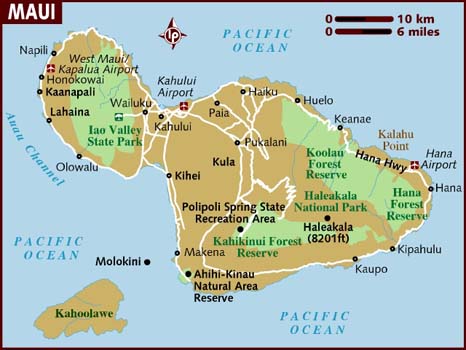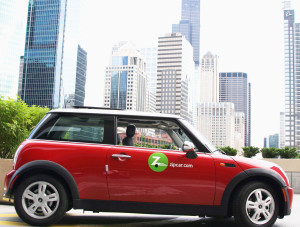
Car makers insist that the polar vortices of early 2014 are the main reason domestic sales are down from 2013 levels
By Frederick Meier
2013 was a recovery year for the automotive industry in North America. Improvements in housing markets and pent-up consumer demand had Americans buying more cars than they had since the beginning of the recession. But it was a trend that began to slow down in the fall, and really decelerated in December, as fierce winter weather pushed potential buyers indoors, and off of showroom floors.
This past January, Americans bought slightly more than 1 million vehicles. That was about 32,000 fewer than in January 2013, for the first year-over-year monthly sales drop since August of 2010, according to Ward’s Automotive. Ford and GM both failed to hit their sales targets in January. Both blamed the weather; and both expressed confidence that, once the snow cleared, we would be seeing a car-hungry market making up for lost time.
But the frigid weather affecting most of the country continued long into February.
And observers of the auto market continued to blame the weather, even while executives from several of the ailing auto dealer networks quietly retired amid rumors that the shake ups were actually in response to dwindling sales.
Now, with February sales figures coming this week, the industry will get a snapshot of whether slower sales can be blamed on the weather — or whether they can be blamed on us.
Some analysts are expressing optimism over the February performance.
J.D. Power and Associates contends that sales picked up in the last week of the month, while Cars.com predicted that new-vehicle sales would rise 1.1 percent year-over-year to 1.2 million units, and an estimated 15.4 million seasonally adjusted annual rate (SAAR).
If this turns out to be true, these numbers would reflect the highest sales for the month since February 2008.
But, analysts overshot the mark in January, somehow missing the fact that consumers were more concerned about getting out of their driveways than putting new cars on them.
Stay tuned for more this week about U.S. auto sales, and how they reflect changing attitudes among American drivers.

